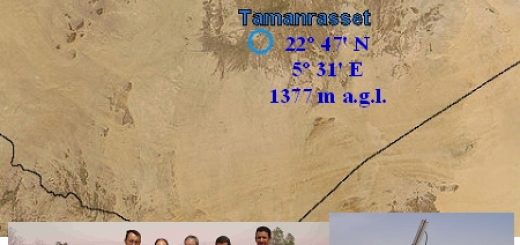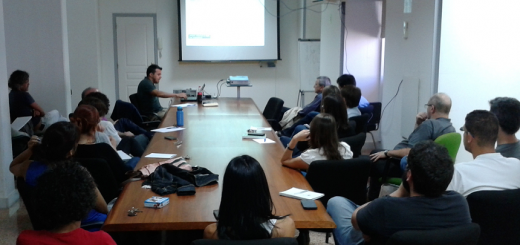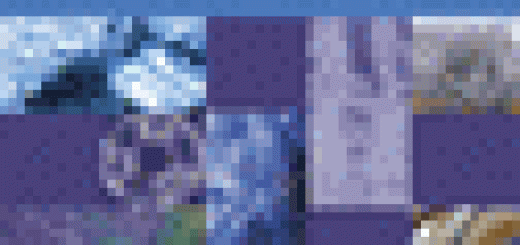September 16, Day of the Ozone Layer. Contribution of the Izaña Atmospheric Research Center to the ozone layer monitoring and research activities.
![]()
Since 1995 we celebrate the September 16th the International Day for the Preservation of the Ozone Layer (http://ozone.unep.org/new_site/en/ozone_day_details.php). This year we take this opportunity to present the activities we do at the Izaña Atmospheric Research Centre in relation to the monitoring and investigation of the ozone layer, and show the most important conclusions of the state of the ozone layer 2014 report, recently published by the United Nations.
The Izaña Atmospheric Research Center (CIAI) has greatly contributed to the observation and study of the ozone layer, and continues to do so. In May 1991 a program was started to measure the total ozone column by means of ultraviolet spectrophotometry, and a year later (November 1992) the ozonesonde monitoring program was launched in Santa Cruz de Tenerife, which allows us to see the evolution of vertical ozone distribution in the atmosphere up to about 34 km in altitude. This ozone measurements with the observation using DOAS and FTIR in cooperation with the Instituto Nacional de Técnica Aeroespacial (INTA)and the Institute for Meteorology and Climate Research (IMK, Germany) are part of both the World Meteorological Organization (WMO) Global Atmospheric Watch Program (GAW) and the prestigious ‘Network for the Detection of Atmospheric Composition Change (NDACC)’.
Since 2003 the CIAI host World Meteorological Organization Regional Brewer Calibration Center for Europe – RBCC-E. The Brewer spectrophotometer network is one of two networks (the other is the Dobson network) for the monitoring and study of the ozone layer at world level. The RBCC-E co-leads the EUBREWNET European project with the participation of 18 European countries. The aim is to establish an European Brewer Spectrophotometer Network with more than 50 stations providing real time measurements of Ozone, Ultraviolet Radiation, and Aerosols. In collaboration with the Smart Sensors group of La Laguna University, the RBCC-E participates in the European Spatial Agency (ESA) EarthCare validation program (EarthCare Ground-Based Spectrometer Validation Network) and in ATMOZ project (Traceability of the Atmospheric Ozone) leaded by the World Radiation Center (Switzerland). The RBCC-E also has a close cooperation with North African stations collaborating in the operation of the Brewer in Morocco (Casablanca) and Algeria (Tamanrasset). Our Agency, AEMET, complements this activity with operational monitoring of the ozone layer in Spain with a national Brewer spectrophotometer network and an ozonesonde monitoring station in Madrid.
The CIAI also co-manages an ozone monitoring station at Ushuaia (Argentina- Patagonia) in collaboration with Argentinean institutions (Tierra del Fuego Government, National Antarctic Program (DNA), the National Meteorological Service (SMN) and the National Institute for Aerospace Technology (INTA).The RBCC-E gives support to the ozone observations in Base Artigas ( King George Island) managed by the Uruguay Antarctic Institute. Also in collaboration with Argentinean DNA and SMN and the Southern Center for Scientific Research (CADIC)) with the Finnish Meteorological Institute since 2000, the CIAI has managed a network of multi-channel radiometers to measure UV radiation and ozone in the Antarctic (www.polarvortex.org). Nowadays this network is on renovation process.
Another important contribution to the international ozone program is membership of Alberto Redondas, Head of the Ozone and UV radiation Programme at Izaña, of the WMO Scientific Advisory Ozone (SAG-Ozone).
International Ozone Day (16 September) reminds us that for more than thirty years the emissions of CFCs and other substances that deplete the ozone layer (SDO) caused to appear an ozone hole in the Antarctic. This ozone hole will be with us each austral spring until 2075. Over the years we have been able to understand the phenomenon and to courtail its root cause. However, we face new challenges, because although we are able to return to the SDO levels existing before the onset of the ozone hole, the atmosphere has changed as a result of climate change. So need to investigate and monitor as we do from the Izaña Atmospheric Research Center. The future of the ozone layer will depend largely on the evolution concentrations of greenhouse gases that cause climate change.
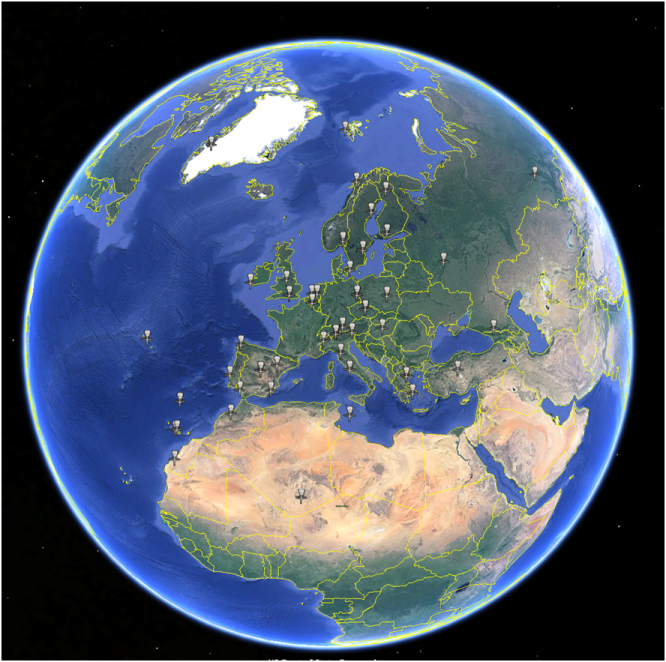
Figure 1. Brewer Spectrophotometers European Network of the EUBREWNET project


Figure 2. Forecast for the Southern Hemisphere for the day September 16th , 2014, with the ozone hole affecting populated areas of South America
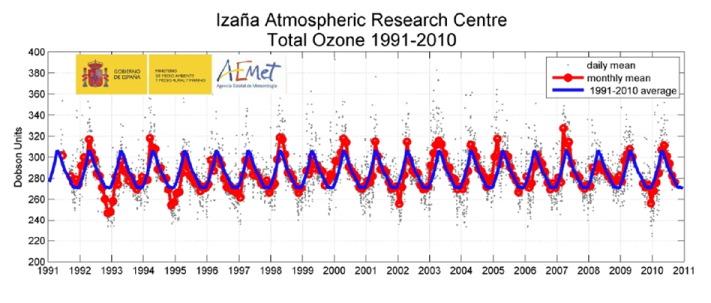
Figure 3. In this figure we show the total ozone series from the Izaña Observatory in the period 1991-2010
Last September 10th, 2014, the main conclusions of “Scientific -Assessment of Ozone Depletion :2014”: Assessment for Decision Makers” were presented by the United Nations. The main conclusion of this report is that due to the success of the Montreal Treaty the concentration of substances that deplete the ozone layer (SDO) have substantially reduced, and that the future of the ozone layer will be linked to the evolution of climate change. Changes in the ozone layer are not only controlled by SDO in the atmosphere, but are closely related to the concentration of greenhouse gases and atmospheric conditions.
We recommend to read the main conclusions of this report (only available in English), which can be downloaded in:
http://ozone.unep.org/Assessment_Panels/SAP/SAP2014_Assessment_for_Decision-Makers.pdf

